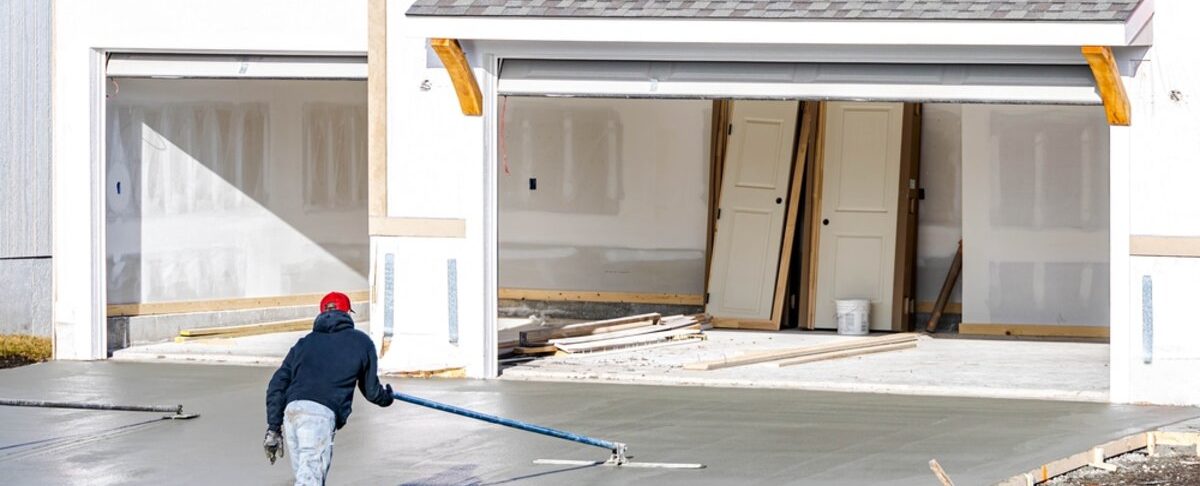Did you know that premature driving on a new concrete driveway could leave permanent marks and cracks? That’s why it’s critical to understand just how long you should wait before using new concrete surfaces, whether it’s a driveway, parking lot, or any other paved area. Concrete is famously tough, but when it’s fresh, it needs a proper period to gain the strength that makes it so durable. Jumping the gun can lead to expensive repairs and reduced longevity. This guide dives into the essential waiting times and crucial considerations you need to know before rolling out onto your new concrete.
What Is Concrete Curing?
Concrete curing is the process of maintaining adequate moisture, temperature, and time to allow the concrete to reach its full strength. Curing is essential because it affects the durability and longevity of the concrete. During the curing period, the concrete undergoes a chemical reaction called hydration, where water reacts with cement particles to form a hard matrix. Proper curing is critical to avoid issues like cracking and surface damage.
Why Curing Time Matters
The strength of concrete develops over time, starting from the moment it is poured. The initial set of concrete occurs within hours, but it takes days to weeks for it to reach its full potential. In the first 24 to 48 hours, the concrete is still very soft and susceptible to damage from pressure and impact. Proper curing ensures the concrete gains the strength needed to handle the weight of vehicles and other stresses.
How Long Should You Wait Before Driving?
Initial Setting Time
New concrete typically takes about 24 to 48 hours to set enough that it can withstand light foot traffic. However, this doesn’t mean it’s ready for vehicle traffic. During this initial setting period, the surface is still quite fragile, and driving on it can cause indentations and cracks. It’s best to avoid any contact with the surface during this time to ensure the concrete’s integrity.
Curing Time for Vehicle Traffic
For driving on new concrete, you need to wait longer. Generally, it’s recommended to wait at least 7 days before driving on the surface. This time frame allows the concrete to achieve approximately 70% of its full strength. During this period, it’s important to keep the surface moist to promote proper curing. Using water sprays or covering the surface with wet burlap or plastic sheeting can help maintain moisture levels.
Full Strength Achievement
Concrete continues to gain strength beyond the initial curing period. The concrete typically reaches its full strength in about 28 days. However, waiting the full 28 days before subjecting it to heavy loads is ideal. By this time, the concrete has fully hydrated and achieved its maximum durability. If you need to use the surface before the 28 days, ensure that the usage is light and avoid heavy loads.
Factors That Affect Curing Time
Weather Conditions
Weather plays a significant role in the curing process. Hot, dry conditions can accelerate the drying of concrete, potentially leading to surface cracks. In contrast, cold weather can slow down the curing process and delay the time needed before you can drive on the concrete. It’s important to consider these conditions and adjust your curing methods accordingly. For example, in hot weather, you might need to apply more frequent water sprays, while in cold weather, you might need to use insulation blankets.
Concrete Mix and Additives
The type of concrete mix and any additives used can also influence the curing time. Special mixes designed for faster setting or high-strength concrete can alter the standard waiting periods. Always refer to the manufacturer’s recommendations for specific curing times based on the concrete mix used.
Conclusion

Waiting before driving on new concrete is essential for ensuring its long-term durability and performance. By allowing the concrete to properly cure and reach the necessary strength, you can avoid issues such as cracking and surface damage. Aim for at least 7 days before driving on the concrete and consider extending this period for heavier loads or adverse weather conditions. Following these guidelines will help you maintain the quality of your new concrete surface and maximize your investment. For more personalized advice and services, contact Richfield Concrete today.




